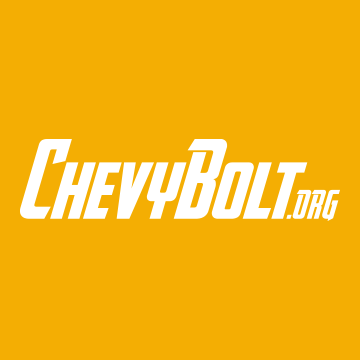Agreed, the cells should be fine. The chemistry is apparently ok with 1C charge/discharge rate, probably even a little higher. The C-rate on batteries is the average full charge/discharge rate over an hour. In my experience, charging from 20-98% takes around 2 hours on DCFC (I have had to do this on 3 occasions). That the 65kWh pack takes over 2 hours to charge 0-100% implies a charging C-rate of less than .5. As a reminder, a 1C charging rate would take just over 1 hour to charge the 65kWh pack to 100%.
From the 55kWh performance, and knowing pack voltage, it is clear 150A is the limiting factor. This is either wiring or DCFC port, and obviously could be improved given other EVs like Kona and Niro with apparently similar battery chemistry and pack size. However, as I understand, pack cooling is perhaps a limiting factor, that faster charging would generate more heat than the cooling system can mitigate. Heat is the factor that leads to cell damage, so OEMs have to consider pack reliability and lifetime when setting BMS parameters, and GM apparently went conservative here.
My conclusion is the system was designed around what was state of the art in 2014 when engineering was finishing design work on the Bolt. At 55kW, the cooling is probably adequate, but would be unable to keep temps tolerable at faster charge rates. By that late in the dev cycle, it was probably too late to redesign the pack cooling so they stuck with what they had. I also suspect Ultium design work started shortly after the 2017 Bolt went to market, and the decision was made by then that the BEV2 platform the Bolt is based on would be discontinued. With no funding to improve the pack design, any effort to improve wiring was off the table.
I haven't seen much on the charging curves of Lyriq or Hummer. We do know peak charging speeds of ~350kW (Hummer) and ~190kW (Lyriq) are being observed. But Hummer's 800V pack requires 800V DCFC units to achieve peak charging speeds.
As I understand, Lyriq's pack is ~100kWh, so a 1C charge rate would mean about 100 minutes 0-100%. LR Blazer and Equinox will probably share this pack size. I suspect it is a little better, the few references I have seen suggest 30-90% in 45 minutes. Most references I have seen suggest the tapering starts a bit later, 65% instead of 50% on the Bolt, and holds a respectable charge rate up to 80% or higher.
OK, now for a little speculation... We do know, thermal management was a big effort in Ultium development. GM has shared that they are engineering heat pumps and heat recovery systems into the platform. I think it is probably safe to guess they will be somewhat conservative though, maybe boosting charging speeds after some time to learn how real world experience relates to pack health? Most likely, any tweaks would be in the form of charging curves, the peak charge rates are probably set by architecture, but the curve might be allowed to tolerate higher amps longer into the session if heat isn't a problem in real world experience.






